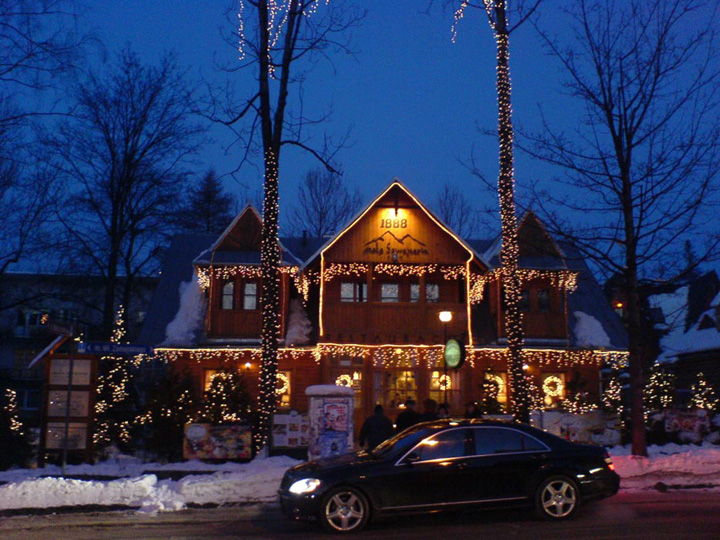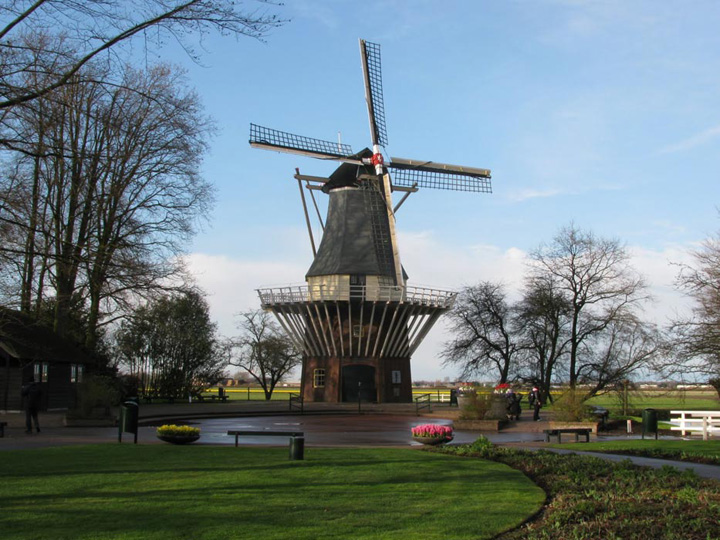Introduction
The plugin allows you to convert simple markup into a slide-show with the set of fancy configurable transition effects.
The plugin tries to render the effects with CSS3 transitions. However if the browser does not support CSS3 the efects will be achieved by JS.
Every available effect is encopsulated into a single module. So you do not have to violate YAGNI principle. Just remove redundant effect modules and leave the only code responding to your requirements.
Usage and API
Step 1
Include plugin scripts after jQuery (requires jQuery 1.4+):
Step 2
Provide a placeholder within DOM with images to slide inside:
If you want to keep images elsewhere, you can pass them into the plugin through the option images.
Step 3
Here how the plugin being initialized and enabled.
Step 4 (optional)
The slide-show is running now and can be navigated by arrows-keys, but you surelly wish to assign your own controls.
Well, you can do it this way:
Available Options
- effect
- transition effect: Default, FadeInOut,
Jalousie, Ladder, Scroll,
Deck, Jaw, DiagonalCells,
RandomCells
- direction
- transition direction: vertical or horizontal
- transitionDuration
- duration of transition in seconds
- transitionDelay
- delay between iterations in milliseconds
- rows
- number of images slices for vertical direction
- cols
- number of images slices for horizontal direction
- dimension
- number of columns and rows on a grid
- initalIndex
- forces the image of given index be current
- triggerNext
- the trigger for Next-image event: { node: node, event: 'click' }
- triggerPrev
- the trigger for Previous-image event: { node: node, event: 'click' }
- controls
- images direct controls: { template: 'button html', appendTo: toolbar node }
- images
- array with images when they passed manually. E.g. images: $('div.storage > img')
Events
- start-transition.t-effect
- fired staight before transition applied. Handler gets current image index as an argument.
- end-transition.t-effect
- fired staight after transition applied. Handler gets current image index as an argument.
Methods
- enable
- enables arrow-keys and given controls.
- disable
- disables arrow-keys and given controls. E.g. you have the slide show on an overlay.
When overlay is hidden, you use disable method to unsubscribe controls.
When the overlay is visible again, use disable method.
- reset
- you can reset options on a running tEffetcs instance





